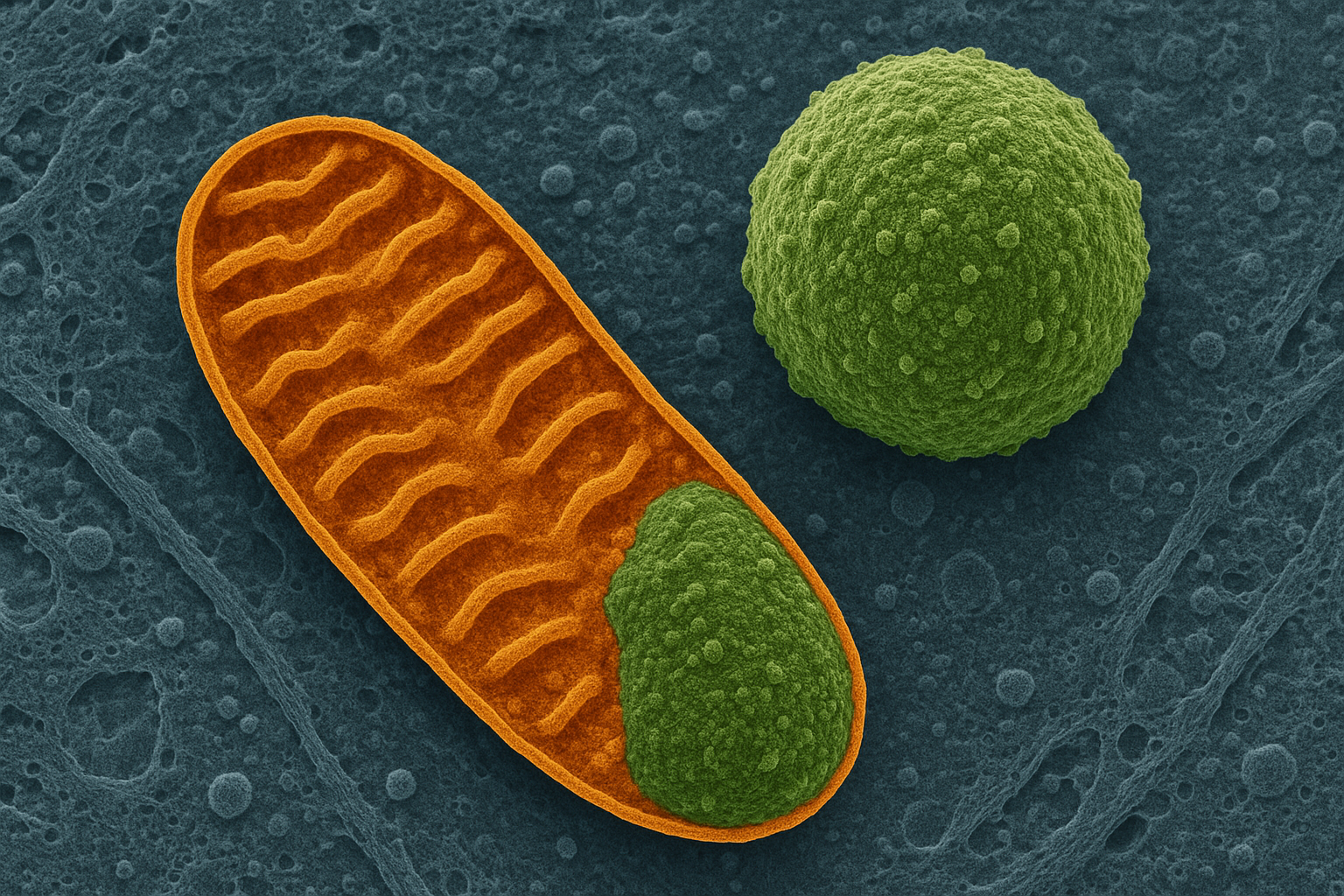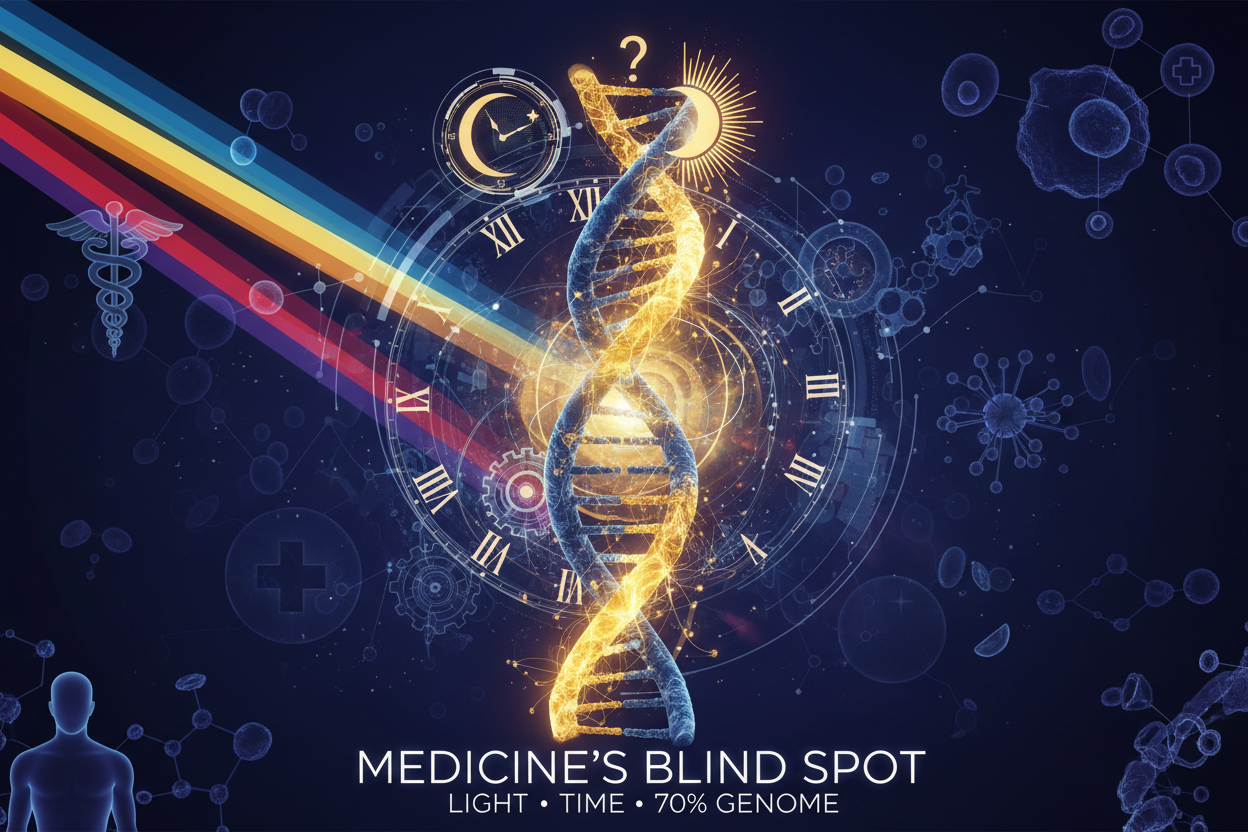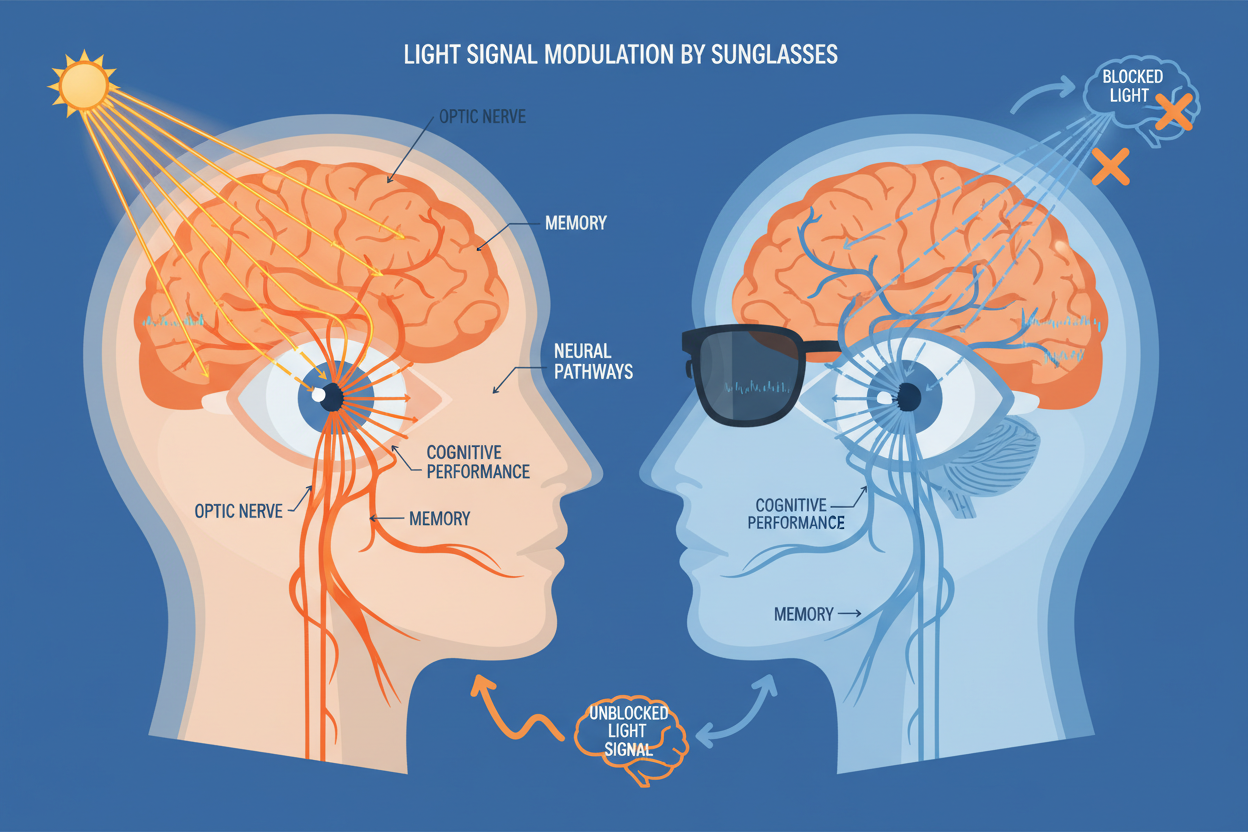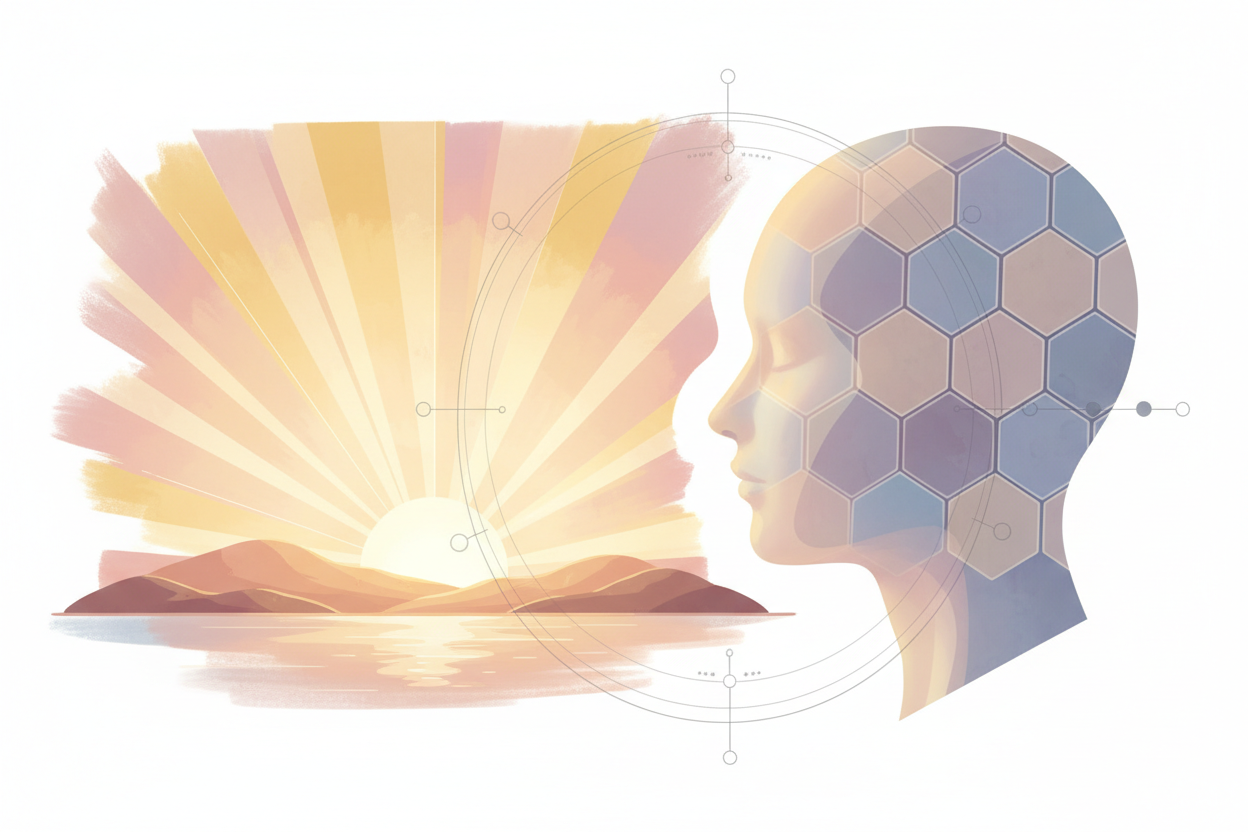
Mitochondria have their own lineage: a new theory explains why some cells do not age
Each cell of our body contains hundreds to thousands of mitochondria – tiny organelles that produce energy. Inside them is a special genetic information: mitochondrial DNA (mtDNA) And it is precisely this DNA that changes, gets damaged, and mutates throughout life – which contributes to aging, chronic diseases, and a decline in vitality.
But what if not all mitochondrial DNA is the same? What if the cell protects a special "stem" mtDNA – pure, without mutations – and uses the rest as "workers" that do the hard work and gradually wear out?
Exactly this hypothesis is presented in a new scientific paper from Northeastern University in Boston.
Division into "stem" and "working" mitochondria
Scientists examined data from mitochondrial DNA sequencing in various tissues of mice and humans. They discovered a peculiar phenomenon: certain types of mutations, so-called transversion, which are usually associated with damage caused by oxidative stress, accumulate much less in the body than they should – and it is almost not inherited.
From this, the authors conclude that there is a subpopulation of "stem mtDNA" , which:
• lives in mitochondria less burdened by oxidation ,
• is intended for replication and the transmission of genetic information,
• is actively protected against damage.
On the other hand, the second group, labeled as „worker mtDNA" , is located in mitochondria, which intensely produce energy through oxidative phosphorylation (OXPHOS). These mitochondria undergo higher oxidative stress, are more frequently damaged, and their DNA has a higher likelihood of mutations – primarily transversions.
Why is it so revolutionary?
It may sound like details from molecular biology, but in reality, it is a completely new way of thinking about cellular aging:
• Cell itself maintains a "clean" line of mitochondrial DNA, similarly to how the organism protects stem cells.
• This clean line is basis for renewal, while the rest of the system can be temporarily sacrificed.
• Explains it, How is it possible that mitochondria manage decades of life without collapsing under the accumulation of mutations?.
• It gives a new context also for efficacy of mitochondrial therapies, nutrition, photobiomodulation, or exercise, which can change the "stem vs. worker" ratio of mitochondria.
And what does it mean for you?
This new theory is essential for understanding how the body maintains a healthy mitochondrial population . And it is likely that:
• chronic stress, toxins, excessive strain, or lack of regeneration overload precisely the "worker" mitochondria – and thus accelerate mitochondrial aging,
• on the contrary targeted regeneration support (např. sleep, sauna, red light, mitochondrial nutrition) strengthens the "stem" of the mitochondria,
• some therapies (e.g., NAD+, PQQ, physical activity) increase the defense capability and quality of replicating mtDNA .
In practice, this could mean that not every mitochondrion is a target – some we just need to protect , so they can calmly pass the genetic baton forward. The rest of us can boldly be burdened and optimized for performance.
Conclusion
The hypothesis of "stem" and "working" mitochondria provides a completely new framework for understanding longevity, aging, and cellular renewal. It suggests that the body may maintain "reserve" mitochondria – clean, ready to restore the system – while others work until they wear out.
From the perspective of prevention, regeneration, and biohacking, it means only one thing: It is not only important to support mitochondrial performance – it is crucial to protect their lineage. . It can be the key to healthy aging and the prevention of chronic diseases.



Leave a comment
This site is protected by hCaptcha and the hCaptcha Privacy Policy and Terms of Service apply.